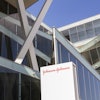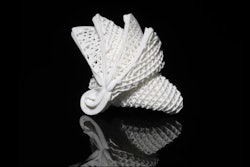How software tools can improve thermal inspection reports
08-08-2018 | Thermal imaging
Presenting a clear report of your thermal inspection and easily sharing data are just as important as
getting high quality images. Sometimes it may seem that you spend more time on your report than on
scanning with your infrared camera, but they work hand in hand. You want the report to be thorough
and accurate and you want it to communicate results clearly to people who may not be familiar with the
intricacies of infrared images. You also want to be able to quickly share your findings with clients,
managers and other thermographers.
Here are a few reminders that can help:
Software is your friend
You know the challenge. After you scan every piece of equipment in the facility, you have to present
those results in a professional-looking, quick to assess report. You can use thermal imaging analysis and
reporting software templates on either your mobile device or your PC to create those reports rapidly.
And you can include annotations of what the problem is, where it is, and how bad it is so the repair crew
can use the report as a roadmap for resolving issues. Also, some thermal imagers include wireless
connectivity so you can upload images to the cloud or share findings in real time. Storing images by test
point and individual piece of equipment in one place allows you to compare temperature signatures
over time to detect changes. You can even tap the knowledge and experience of outside experts or
colleagues when data is available in the cloud.
Reminders on the display
Adjust your level and span. Veteran thermographers typically adjust the minimum and
maximum temperatures of the images in their reports to highlight areas that breach normal
temperatures, but also to ensure that an image doesn’t look like a problem when it’s not.
Pick your color palette carefully. The human eye can be overwhelmed by too many colors. If
you’re highlighting subtle differences in an image, a monochromatic palette is often a good
choice. If the problem is more obvious, a high contrast color palette can make it easier to see.
Mark the spot. You can blend visible light and thermal images so that everything outside the
normal temperature range shows up clearly in infrared against a visible image of the rest of the
scene.
How software tools can improve thermal inspection reports
Latest in Home
ABB to Invest $110 Million in 4 U.S. Plants
September 17, 2025
Nvidia CEO Huang Says He's Disappointed by China Chip Curbs
September 17, 2025






















